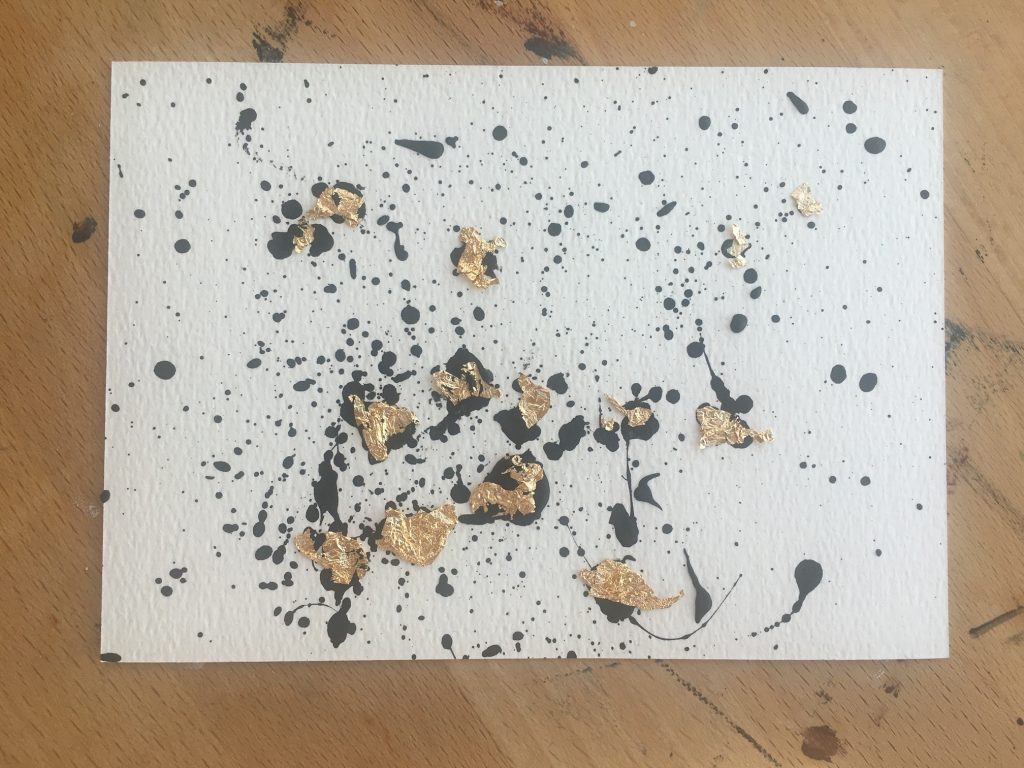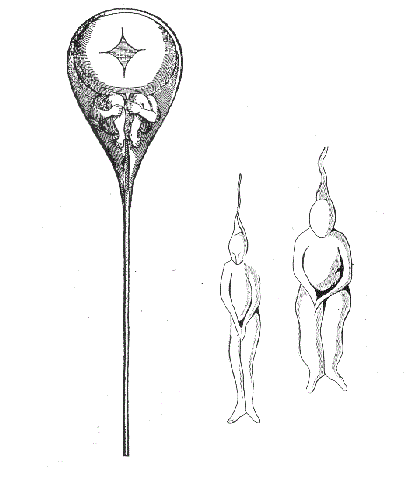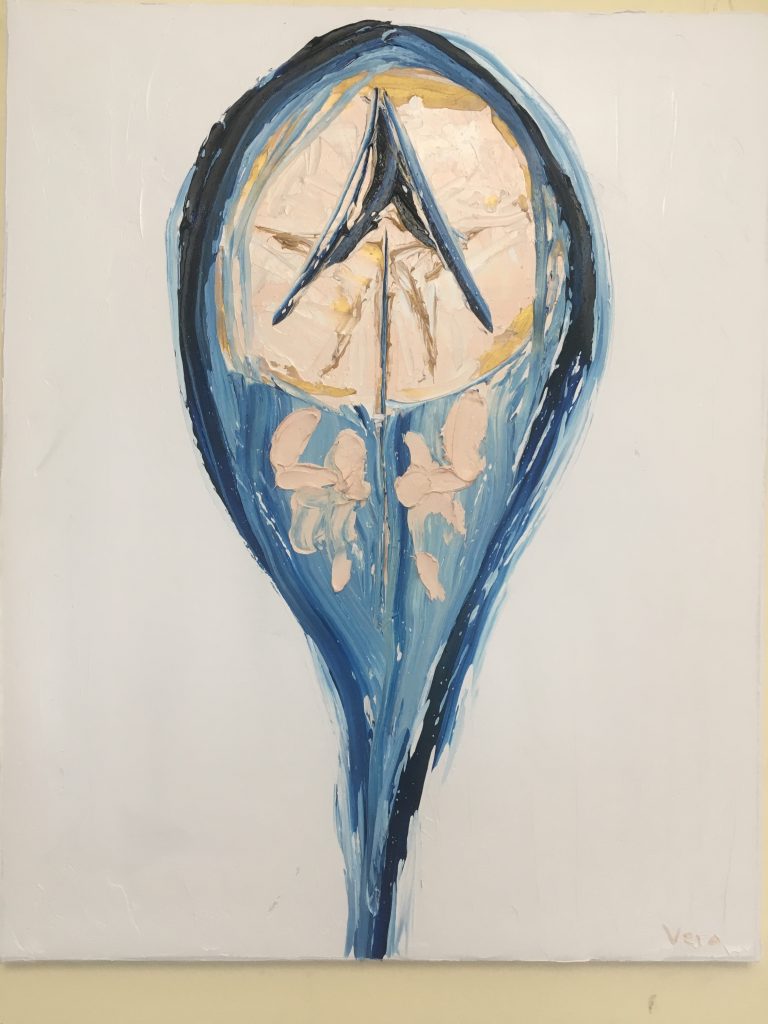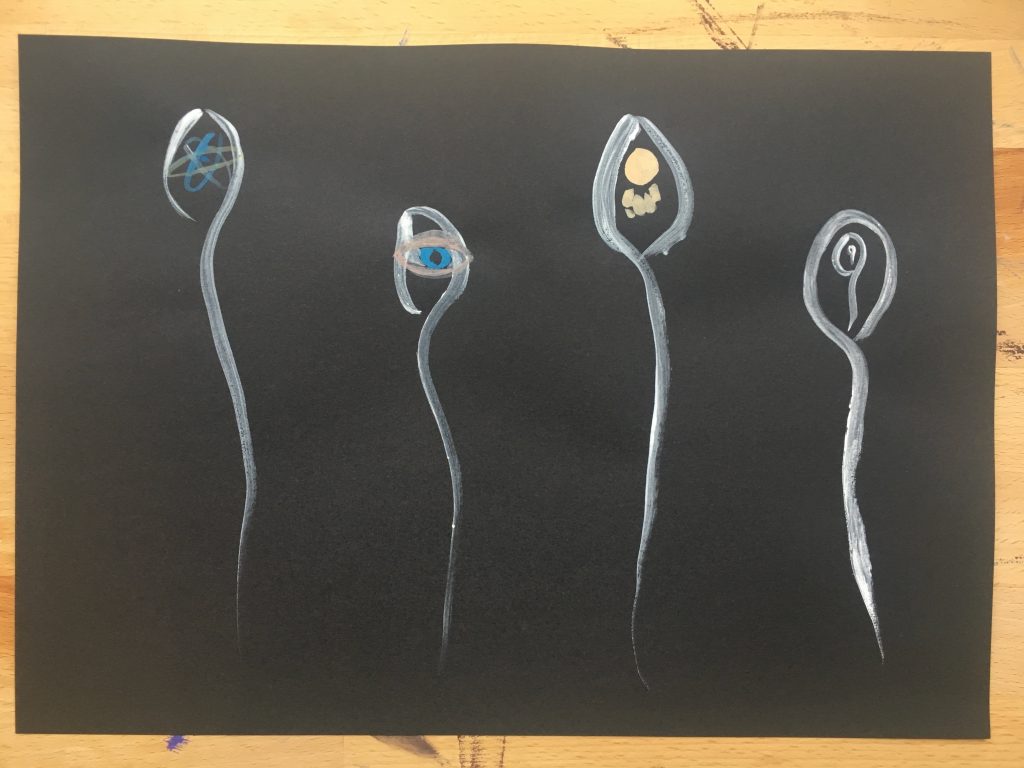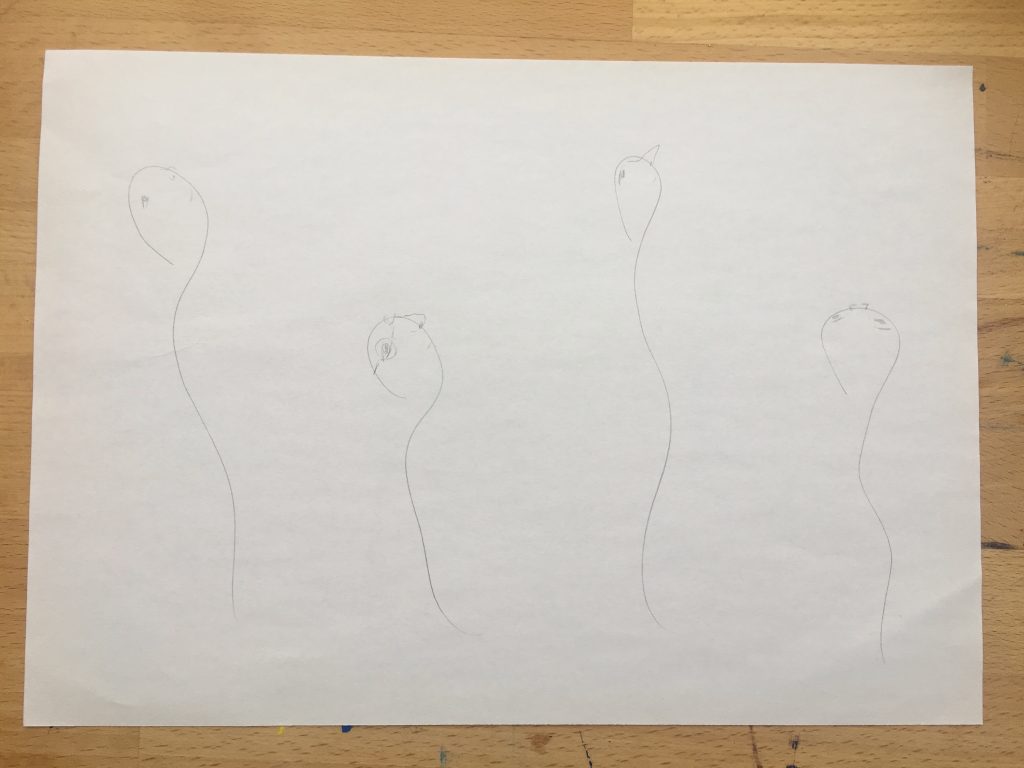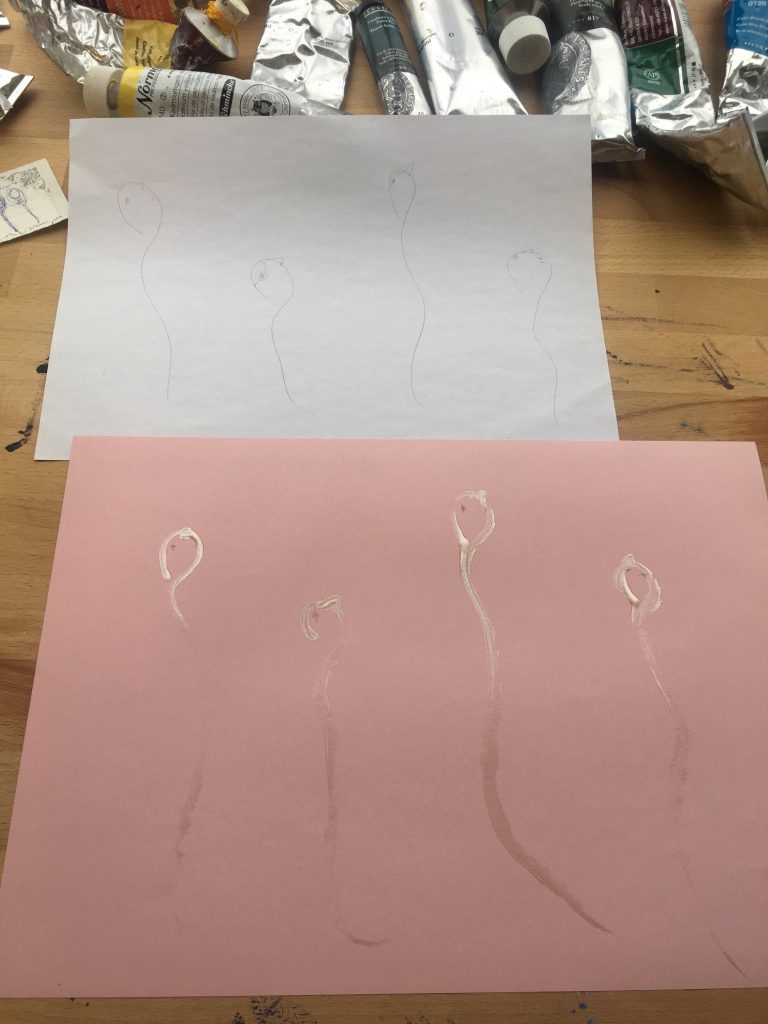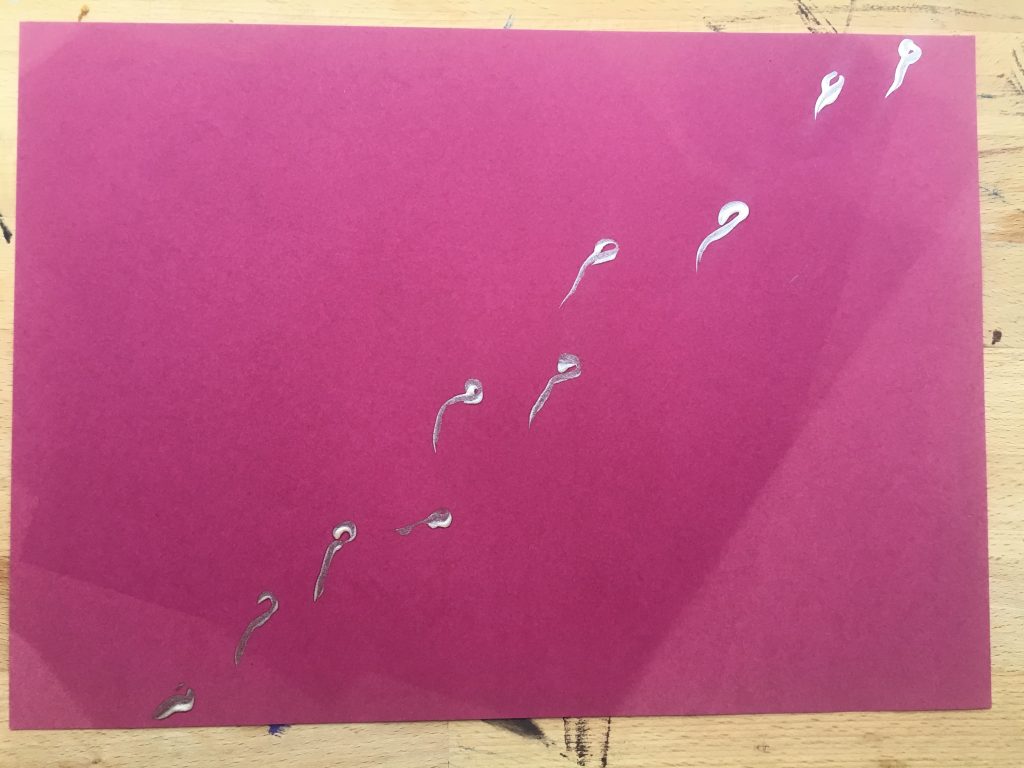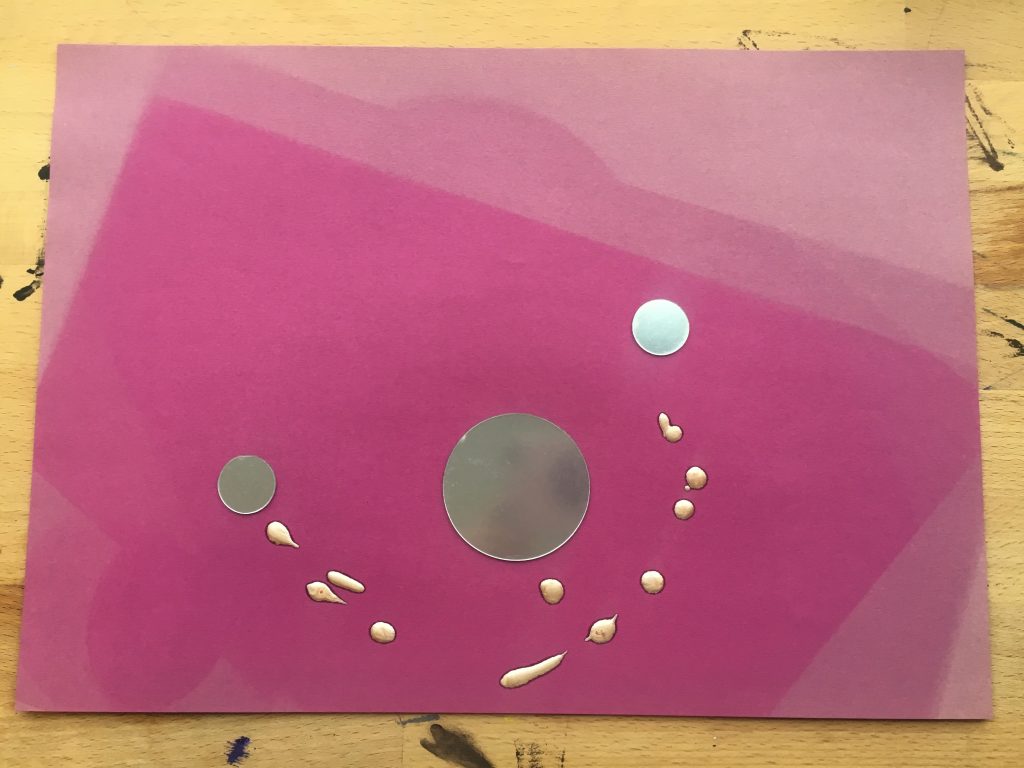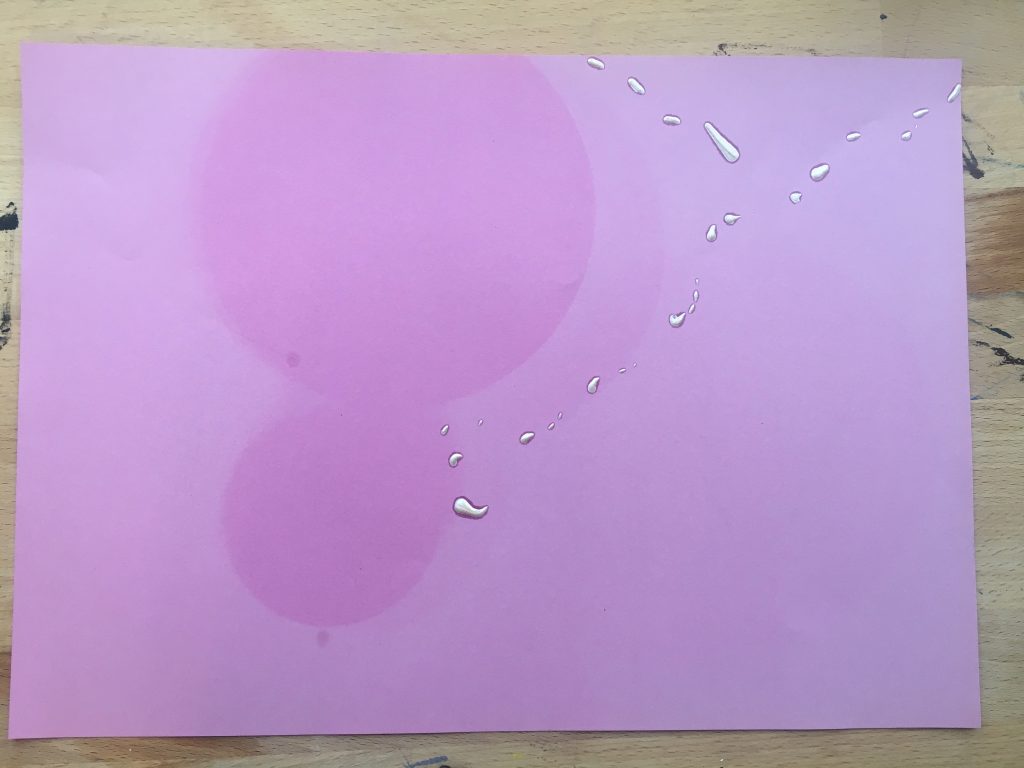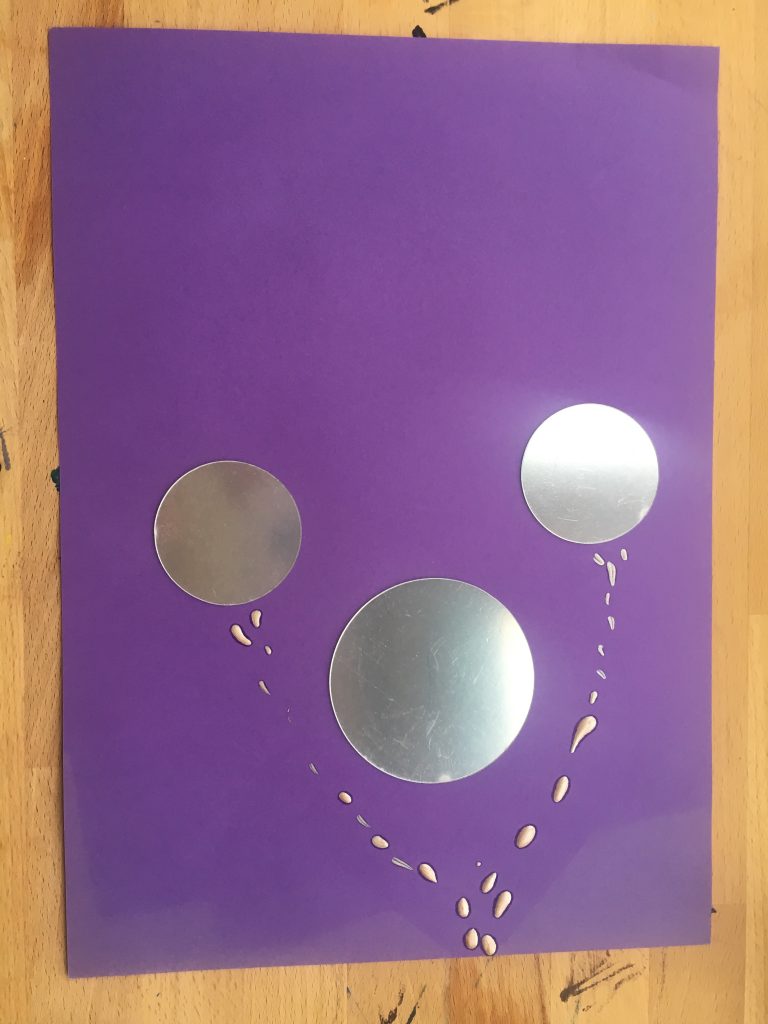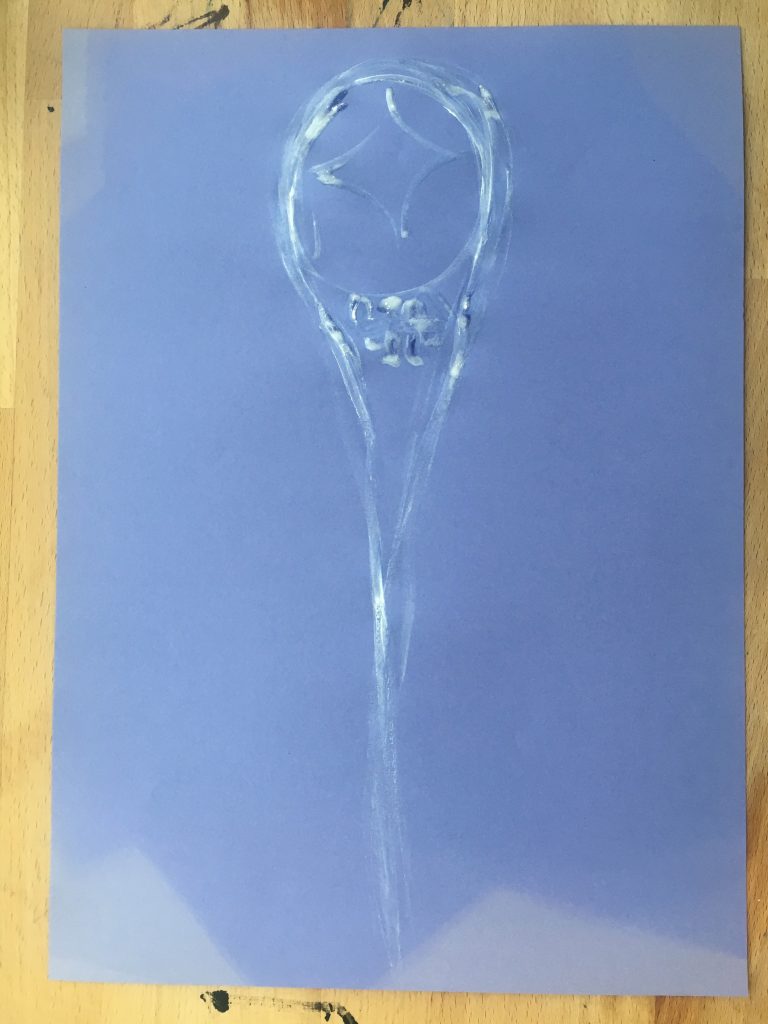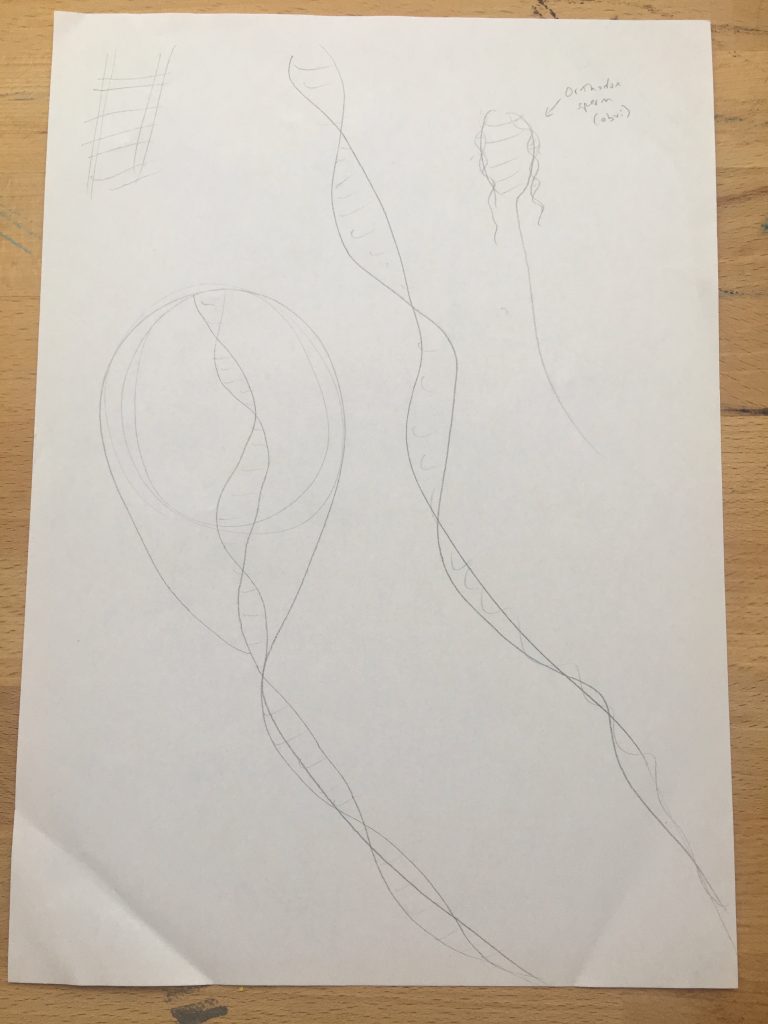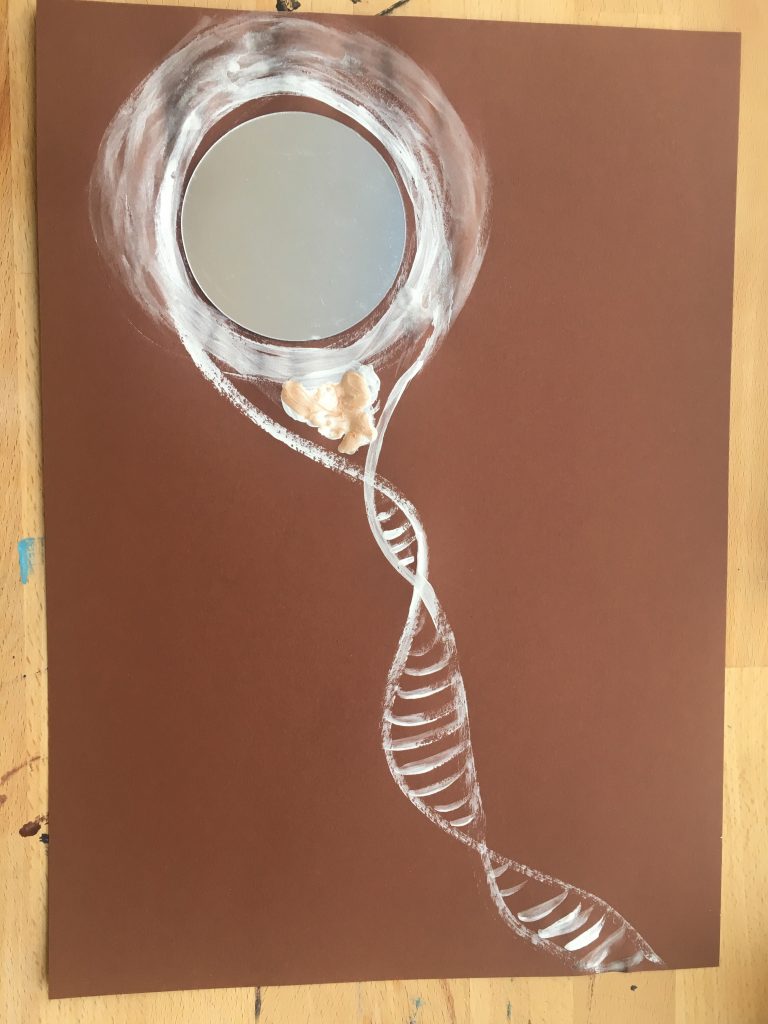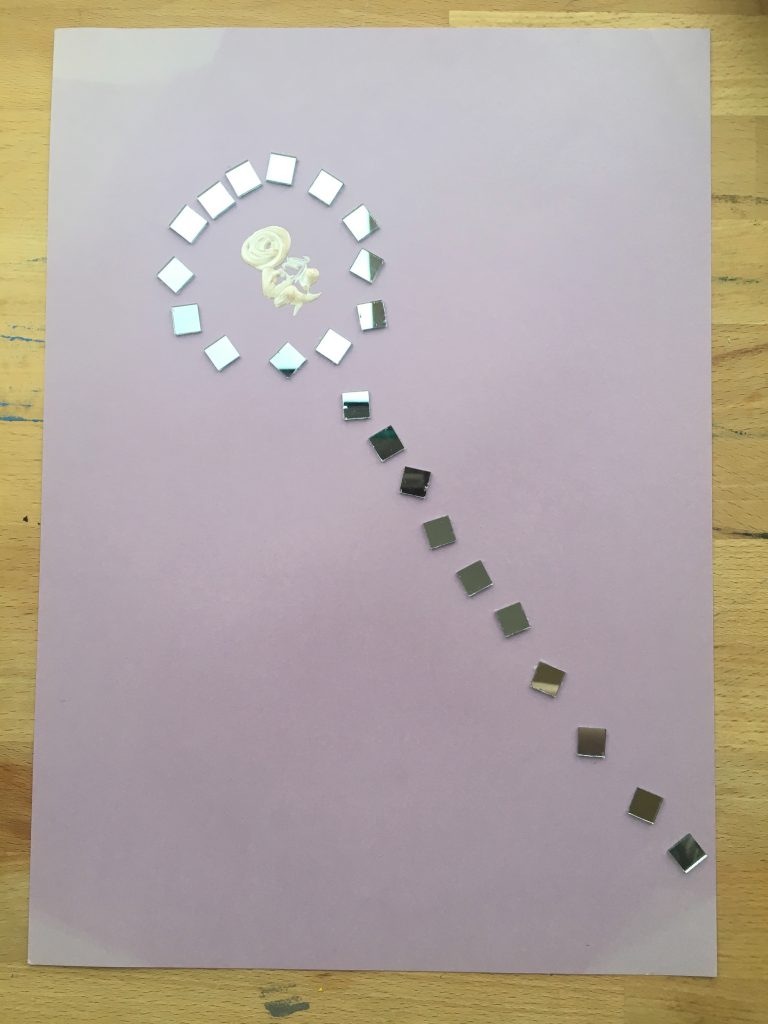Depression is a big deal. Over 300 million people are affected globally, it’s THE leading cause of disability globally, and it affects lots women more than men (2x for unipolar depression). Being depressed is bad for your physical health as well as your quality of life, although we still don’t understand a lot about the reasons for the inflammation that characterizes depression and its physical health correlates like heart disease. Sad. Let’s turn depression off.
Pregnancy is also a big deal. It carries a lot of serious health risks and costs, and then at the end of it you have this whole new person to keep alive for quite some time, and they are basically the worst room-mate ever but you can’t legally kick them out. Tough. Let’s prevent pregnancy.
Ok, so we’re turning depression off cos it’s sad and preventing pregnancy (at least until we don’t wanna prevent it anymore) cos it’s intense. You’d think preventing pregnancy might even help turn depression off, since not being able to do the whole baby thing perfectly seems like it could be quite stressful, and no one can do it perfectly. (Plus the not knowing if you’re pregnant can also be quite stressful.) Stress gone, mental health better! Right?
Wrong. Or at least, that’s not what you see in the wonderful world of birth control…
The Paradox of Birth Control and Depression
Birth control should be good for women’s mental health because it relieves stress by reliably preventing pregnancy. Yet studies link birth control (in the form of hormonal contraceptive pills) to depression in some women. These studies are observational and that annoys me. Now here are three useless paragraphs on why I find that so, so very annoying.
Experiment Better, Dammit: An Annoyed Interlude
There is no readily apparent reason why we don’t have better data on this and lots of other things that people experiment with by themselves all the time. It’s just because no one has yet bothered to code, fund, and organize a platform to allow people to set up and run their own experimental studies or participate in other people’s. Then we could turn lots of individual experiments into much more scientifically powerful experimental data. All this good experimenting is going to waste! Stop that. Experiment in a structure with other people, with basic infrastructure for things like open data in place from the start. Please?
Probably the results couldn’t be published in many peer-reviewed journals or presented at conferences. But independent researchers work outside of those constraints all the time. If you want to measure a genocide in a war zone through snowball sampling, or some other risky project no IRB would approve, then your best bet is probably to go do it and then take the results public. We live in a world where, for better and for much, much, worse, people can put whatever they want on the Internet (limited time offer, some restrictions may apply). And you know what? Making citizen-scientists the experimental practitioners and putting the data out there automatically might prevent a lot of fraud (or just bad science) that results from perverse incentives in academia and publishing (not that industry is any better). Most published research findings are false, but a truly open science platform could help change that.
It’s not quite so simple as “the truth will out” (cf fake news). But we could and should have a big open platform where people can just do good science together including experiments on lifestyle, diet, birth control, and these sorts of things. Otherwise we end up with only observational data on these really important issues for everything, and that’s dumb. But the platform solving this problem doesn’t exist and I can’t code it. That’s why we’re faced with this ongoing depression-birth control mystery among others…
The Antibaby Pill Blues
In Germany, they call “the pill,” the anti-baby pill. I love this because it is so German. It says what it means that Americans (indeed most Anglophones) would never come out and say. Are you anti-baby? Fine. Take this pill. It’s an antibaby pill. You know what it does. Done.
In Scandinavia, they do data. The state tends to collect a lot on citizens from birth to death. So their medical databases are awesome. Thus, when you see this Danish observational study linking antibaby pills (or rather, hormonal contraception) and depression, you know these people are serious and this is good data. Not experimental data (twitch, twitch). But good data. And this is basically the finding you see in a lot of studies, but this one is methodologically the strongest of the lot afaik.
But wait, the plot thickens. Not every study on birth control and depression reaches the same conclusions. For instance, an American study found no association between taking the antibaby pill and depression among adolescents. But this study relied on self-reports, unlike the Danish study which used data from registries. So respondents could have lied or, with deference to Harper Lee, been mistaken in their minds. That would be especially true if the effect size at issue were small, and so a small measurement error could make it disappear.
The effect size at issue is small. Some estimates put the rate of depression caused by the antibaby pill at 1%. It also might be relatively difficult to measure this small effect size in a smaller sample. And indeed, the sample size in the American study is under 5,000, versus over a million in the Danish study.
Ok, so there are discrepant findings from observational studies. But overall it seems like the risk of hormonal birth control causing depression is small but real. So in terms of statistical significance, it’s not surprising that smaller studies on subgroups are missing the effect; that’s probably why you see some discrepant findings. But practically, that 1% still matters. Hormonal birth control is really commonly used, and 1% of a million is 10,000. Those 10,000 women’s mental health matters. It matters that a common medication/birth control practice could be contributing in a non-negligible way to one of the world’s biggest public health problems. And this is also just really bad news for women in general, if basically their best birth control option (for a lot of people for a lot of reasons) carries a risk of screwing up their brains, quality of life, and bodies (to the extent that depression is really a total-organism problem featuring chronic low-grade inflammation).
But wait, there is a conspicuous problem here.
It’s the Hormones, Stupid
Depression is a mental health problem that sometimes creates or contributes to mental health crises that sometimes result in psychiatric in-patient admissions. That is a proxy measure of people who are not just depressed but in freefall (and not willing/able to talk their way out of it, or too socially isolated to be plugged into help, or whatever). And there is a big fat under-discussed gender effect on that subgroup of bad outcomes within bad outcomes.
In Ayelet Waldman’s A Really Good Day, she mentions that the majority of female in-patient psych admissions happen during the week prior to menstruation. (And this is the first time I’ve seen this discussed in public, illustrating how her work is so taboo-shattering and important.) Hormones can really, really fuck you up.
This is not only a female problem. We know that boys and men tend to be more violent and experience more violence from other men as well (in the form of things like assault and homicide; clearly the gender numbers change with things like domestic violence and sexual assault). We know that testosterone is a contributing causal factor in these patterns of violence. It also seems to contribute to the much higher successful male suicide rate. I am too lazy to link to all these findings, but by all means look them up yourself using the Force, Luke.
So hormones cause big problems for all of humanity, but… That’s not cool to say. Seriously. Talking about how hormones (especially sex hormones) influence behavior and mental health is still, somehow, largely taboo.
The weirdly obvious problem in the studies I’ve seen so far linking hormonal birth control to depression is that they ignore this cyclical nature of women’s mental health. Studies on birth control and depression need to assess whether women are seeking treatment for depression more outpatient (which makes it look like they have 1% higher depression risk or so on the anti-baby pill)… Rather than having in-patient admissions. Or if there is some other story with respect to the intensity of the problem (in-patient admission or not) versus the persistence. There are a few possible stories.
Cry Me a Quiverful
To be more precise, there are three categories of possible stories here.
- Women on hormonal contraception are more depressed than women who are not.
- Women on hormonal contraception are not more depressed than women who are not.
- Women on hormonal contraception are depressed in a different pattern than women who are not. That pattern may or may not reflect a qualitative difference in depression type or presentation which would make it hard to characterize in a binary way (i.e., antibaby women are or are not more depressed than other women).
If the first is true (antibaby pill depresses a small % of women who take it), we don’t only want to confirm it. We want to know why that is. Here are a few hypotheses.
A. The scientific literature is suggestive that maybe there are differences across the menstrual cycle in how stable, smart, and creative women are. (More on this later and thank you, Frau Doktor Obvious.) So naturally there is probably fluctuation in functioning across various important arenas that keys into fluctuation in hormones. Perhaps hormonal antibaby measures help to level out higher cognitive-emotional highs and lower lows. So women on birth control who are depressed experience a more even (and thus possibly more persistent, depressed) state than their non-hormonally medicated counterparts who would sometimes feel great but at other times feel bad enough that they get admitted to the psych ward. (That would be measurable if you asked women how they were doing while tracking their cycles, which existing fertility tracking apps are capable of doing… except usually women on the pill don’t use those apps, and anyway it’d be better to get experimental than observational data if possible.) Let’s call this the boom and bust hypothesis.
B. Could also be that some women are sensitive to the synthetic hormones used in hormonal birth control in a neuropsych context. They could have a kind of inflammatory, autoimmune, or allergy-related reaction. We know depression is characterized by chronic low-level inflammation, and not much more about that facet of it. But that could be a hint of a mechanism linking birth control and depression. Call this the inflammation hypothesis.
C. Could also be that mimicking pregnancy (which hormonal birth control does in a way) without actual pregnancy makes women sad cos their bodies / brains know they’re not really pregnant. I don’t know how this would work, it’s just an idea. Organisms are not stupid and this hypothesis could also include super-simple mechanisms like the obvious psychological one—some women really want kids but take birth control anyway, and that’s depressing. Call this the missing pregnancy hypothesis.
D. Come to think of it, could be that delaying/preventing pregnancy overall changes the modal state of fertile adult women from pregnant/lactating (majority of the time) and fertile (minority of the time due to pregnancy/lactation), to non-pregnant and non-fertile. That changes a lot of things, not just the stuff the birth control itself directly rejiggers. For instance, it changes lifetime exposure to estrogen, and it looks like that affects Alzheimer’s risk. (Pregnancy appears to be protective against Alzheimer’s— so this story might also jibe with the inflammation hypothesis. Since inflammation is implicated in depression and Alzheimer’s alike, although we don’t begin to know the causal arrows in either case.)
So… How many women’s doctors have told them that the pill increases some cancer risks as well as depression? How many women’s doctors know that decreasing lifetime fertility can adversely impact Alzheimer’s risk? With rare exceptions, these things are just not discussed in general care settings. We have been engaging in a big medical-social experiment without fully informed consent. This is outrageous. Except this happens all the time and it’s called modern medicine.
Most people would probably still make the trade-off between their best birth control method today, and fewer kids in 1, 5, and 10 years. But that’s not a trade-off we’ve explicitly made. The lifetime medical implications for women of having effective birth control may be non-negligible even as the lifetime professional and personal implications for women and society of women having effective birth control are so staggering that we don’t need to do the math to know the score. It’s not fair but it’s true, and no one talks about it. The impact of that silence is that we don’t get more needed research on what in the world is going on here.
Anyway, let’s say previous female generations’ greater cumulative lifetime pregnancy exposure was protective against depression, or inflammatory processes that correlate with and might both cause and be caused by it, or something else that matters here. Call this the my once-starving Romanian great-grandmother was perfectly healthy after having seven kids without ever being offered a condom, but I’m allergic to everything despite having great medical care, hypothesis. Wait, that’s too long. Ok, the cumulative pregnancy exposure hypothesis.
That’s plenty of hypotheses. But those only deal with the depression effect if it’s real. What if it’s not?
What if women on the pill are just more plugged into medical care, and so it looks like they’re more depressed cos they get more depression diagnoses and treatment cos they’re getting more medical care? The healthcare access hypothesis.
What if women on the pill just think they’re more depressed for some reason even though they’re not? Could be a nocebo effect, and this is not without precedent in this context. Lots of women believe that hormonal birth control causes weight gain, when really the passage of time correlates with weight gain (we think). They are just looking for a reason for the weight gain, or a visible effect of the birth control, or both. Could also be women on the pill think they’re more depressed but are actually not, because they’re just thinking about themselves and their mental states more because of some sort of self-selection that underpins the decision to take antibaby measures. Or they just expect bad effects, so they see them (expectancy effects). So this is the something is wrong with me hypothesis… or, perhaps snappier but less politically correct, the hysterical women hypothesis.
I dislike this hypothesis precisely because it keys into stereotypes about hysterical women making up problems. But… There is some support for it in the literature. But that support contradicts other findings in the literature. Hormone levels do so affect cognitive and emotional functioning according to lots of research. (It’s also obviously true.) So it’s really weird to come across papers denying that.
What’s up with this apparent scientific support for the idea that hormonal birth control’s apparent deleterious psychological effects on some women are psychogenic or psychosomatic? And if this question was settled back in 2004 at the latest, then why does research to the contrary persist? The review article in the penultimate link says:
Seven small randomized-controlled trials were found in a review of the literature which studied this hypothesis [i.e., emotional side-effects of hormonal contraceptives come from pharmacologic versus psychological mechanisms] in a direct way. They do not support the origination of these side effects being from the pharmacological properties of hormones. No association was found between hormone levels and emotional functioning in females.
Stephen A. Robinson, Matt Dowell, Dominic Pedulla, and Larry McCauley, “Do the emotional side-effects of hormonal contraceptives come from pharmacologic or psychological mechanisms?” *Medical Hypotheses*, Vol. 63, No. 2, 2004, p. 268-273
Wait… What? What exactly were those studies saying that hormone levels don’t affect women’s emotional functioning? Who funded them? How many subjects did they have? Is there any clue about why their findings apparently contradict a lot of other research out there, while supporting the hysterical women hypothesis that psychological effects of hormonal birth control are all in women’s heads?
Luckily, these questions are easy to answer because when you go from the marvelous free database that is PubMed to the publisher’s website for this article, the relevant PDF is available for purchase from ScienceDirect for $35.95. Because academic publishers are evil and Aaron Swartz is dead. It’s almost like one set of institutions (academic publishing) colludes with another (academia) to hold a grip on information the public has mostly already paid for (with tax money to science and education), because profit is all they care about.
Hey, I know. Maybe women on the antibaby pill are more depressed than women not on it because they spend less time worrying about getting knocked up or finding non-toxic fingerpaints, and more time thinking about the state of the world.
Moving on, what if the depression effect is real but not? What if antibaby women’s depression is just occurring in a different pattern than that of women who aren’t on hormonal birth control? This possibility is almost the same as the very first, the boom and bust hypothesis. It’s just a little more generally formulated, and it recognizes that the hypothesis doesn’t necessarily belong in the “this link is real” hypothesis category. That categorization assumes too much. But for simplification purposes let’s just going to collapse this last possibility into the first and move onto theoretical moorings and empirical possibilities for testing these hypotheses.
Theoretical Support
One could think of additional theoretical support for each of these hypotheses. But that would take way too long for a random blog post. Instead I brainstormed ways to test each hypothesis instead because that’s fun.
It’s also arguably logical here because any information we glean about possible causal mechanisms supporting one theory over another from experiments testing each theory is bonus; any new information about this mystery is valuable. It is so crazy that we have been running this huge social experiment of hormonal birth control for roughly half a century… And don’t have some of these really basic questions answered about how it affects mental health.
Experimental Fantasies
Recap: In the world in which the depression-birth control link is small but real, we need to consider the boom and bust, inflammation, missing pregnancy, and cumulative pregnancy exposure hypotheses. In the world in which it’s not, we need to consider the healthcare and hysterical women hypotheses. There is an in-between world in which the link is qualitative, the real story is about different patterns or manifestations of depression rather than quantitative changes in depression incidence itself. But we are ignoring that world because it kind-of fits into the first world alright for now, under boom and bust.
These are my favorite study ideas for moving this puzzle forward in as compact and comprehensive a fashion as possible. They run from observational to experimental and easier to harder, and ideally one would do it all. But in reality, probably no one will do any of these things.
First, one would want to test inflammation by comparing serum levels of standard inflammation markers like ESR and CRP in hormonal birth control and non-hormonal birth control groups containing depressed and non-depressed women. Ideally this would be experimental data, but in practice you’re getting observational data and it already exists. Someone just needs to look at the Danish registries’ data again, or another Scandinavian state work of data art. It would be really interesting to include in the study some autoimmune response markers if possible, even just the most general ANA. Since inflammatory, allergic, and autoimmune responses share correlates, might exist on a spectrum in some ways, and are all seemingly increasing in modern life, particularly in the realm of autoimmune diseases for women.
(It might also be interesting to see if there are “time capsule” samples one could cross-reference to check changes in these markers over time—like was done to show rising incidence of celiac, to test for changing base rates of inflammatory markers. But that’s less likely to be possible in women’s health research specifically, since women weren’t well-represented in the armed forces 50 years ago—the celiac samples came from the Air Force… And female subjects who can at all possibly get pregnant are still not all that well-represented in medical research studies today. Women’s bodies are considered riskier and so research on women’s health suffers… At least until more women are in charge of it in a way that lets them freely choose to experiment on themselves.)
Another cool thing one could do with good, big observational data like this is look at cumulative pregnancy exposure and related outcomes broadly conceived, like depression diagnosis, suicide (an extreme proxy measure of depression, one might say) and some pre-determined hunk of problems associated with inflammation (qua depression correlate). This would go some way towards testing the inflammation and cumulative pregnancy exposure hypotheses.
The remaining hypotheses seem like they would be best tested through experiments. To see what’s in the realm of possible there, I looked back at this great study on mifepristone (aka the abortion pill). Researchers studied the effects of low-dose mifepristone on the endometrium of 90 women for six months. They found mostly suppressed ovulation and menstruation. No menstruation is a huge health benefit for most women.
They also found no pregnancies. That is a high efficacy rate for birth control, although of course more research would help better assess how effective and under what conditions compared to which alternatives this method really is.
And they found “Because follicular development is maintained, the endometrium is exposed to estrogen for prolonged periods unopposed by progesterone.” I’m not sure what that means, but it sounds like it involves overall less tinkering with natural hormonal balance than any hormonal birth control. That could be good, could be bad, we don’t know yet (afaik).
But we do know a few useful things from this awesome study that has probably not gotten enough play just because people are afraid to try new things and mifepristone/misopristol are associated with (gasp!) abortion. First, there is already a viable alternative to hormonal contraception that appears to be equally effective, non-invasive, temporary, and safe. It’s just not in wide use at all, and it’s not clear why.
Second, six months apparently qualifies as long-term on PubMed (… but not on OkCupid).
And third, it’s now ok to call amenorrhea (the medical condition of not getting your period) a health benefit. This seems like some form of progress. It’s often said that their creators put a dummy week in earlier hormonal birth control pills in order to reassure women they weren’t pregnant by giving them withdrawal bleeding. But now we have easy access to early pregnancy tests, we know regular periods are not necessary for women’s health, and it’s become ok to say in a scientific journal that not getting regular periods would be great, would be a health benefit, without hedging about the valence of this. So that seems cool. Medicine tricks women less, women’s quality of life improves, and one more gender taboo shatters.
Why not build on this mifepristone research by pitting low-dose mifepristone against low-dose progesterone-only hormonal birth control (the best tolerated and least risky for most subgroups of current antibaby pill formulations) in a randomized controlled double-blind trial to see how depression incidence compares across groups? That’s not a meaningless rhetorical question. It’s actually a really important one. Because holy shit, mifepristone has also shown promise in rapidly reversing psychotic depression.
This finding might make sense as an inverse corollary to the antibaby-depression relationship, since most hormonal contraception uses (at least) progesterone, while mifepristone’s mechanisms include progesterone receptor antagonism. So progesterone and mifepristone are sort-of opposites in one of the ways they work on hormones. So it makes sense that if progesterone causes depression in 1% of women, then a chemical that screws with progesterone receptors could similarly decrease depression in some small percentage of women.
The prevalence of depression with psychotic features is also in the neighborhood of 1%. That fits. So we really want to see low-dose mifepristone and low-dose progesterone pitted in an RCT to see if depression, and especially psychotic depression, decrease in the former at about the same rate that they increase in the latter. Because that would potentially solve the puzzle in a mechanistic sense while also solving it in a practical sense. Or at least, it would strongly suggest that women who do poorly on progesterone should try mifepristone instead—and that instead of making their lives worse (more depression) while making them better (antibaby), it might make their lives better (less depression) while making them better (antibaby). Isn’t that what medicine is supposed to do?
I hope I’m wrong about the politics of all this, and this experiment has already been done or is in progress / planning. But I’m afraid we’re not getting this mifepristone v. progesterone RCT. Probably it hasn’t happened yet because people are afraid of new things and “the abortion pill” is controversial. That is stupid and wrong.
You might say well, the design is perfectly feasible, the idea is promising, and so this will probably be executed somewhere abortion is less controversial in the next 10-20 years. But then you would not be looking then at mifepristone’s history of being pulled from the German market for not being profitable. For all the wrong reasons, there is not good current access to and further research on “the abortion pill,” which probably should be better known as “the birth control pill that doesn’t occasionally give you depression or cancer.”
Here is a less feasible mifepristone RCT design: Treatment group gets standard hormonal contraceptive, control group gets no active birth control but takes a dummy pill instead. Plus everyone gets a nice dose of mifepristone/misopristol to induce abortion every month in the event of pregnancy. This would test the missing pregnancy hypothesis that it’s fooling the body/brain/organism into thinking it’s pregnant when it’s not that makes some women depressed on the antibaby pill. Because they would actually be probably pregnant, but aborting every month (or every three months on average), instead of discovering it.
On one hand, if you see no increase in depression in the pregnant and aborted group, but you do see increased depression in the hormonal birth control group, then it looks like support for this hypothesis. On the other hand, this is a terrible idea. Are blindly, temporarily pregnant women really the right control group here? There’s not a better option. But it also seems obvious that the hormonal changes of early pregnancy will be more depressing than the hormonal changes of being on hormonal birth control. So you can’t really test the missing pregnancy hypothesis with this design. Maybe you can’t test it adequately with any design. You also can’t test the cumulative pregnancy exposure theory adequately with this design, cos month 1 of pregnancy repeated represents a different cumulative hormonal exposure than months 1-x repeated. (There might also be a few minor ethical issues in a study that intends to let some women get pregnant and then quietly give them abortions without informing them at any step per se, nbd.)
A more feasible (but still not terribly feasible) RCT design: women are randomized to be on and off hormonal birth control, with the control group blinded with dummy pills. They do daily (or maybe 3x/weekly is enough) real-time cognitive and emotional check-ins regarding mood and body temperature to test the boom and bust theory. Everyone uses a back-up, non-invasive birth control method like condoms. This seems totally possible with current tech, in terms of having a smart-phone app asking women questions regularly and getting them to answer in real-time, more or less.
This study is still not terribly feasible for two reasons. First, because no one is going to be on birth control and use condoms at the same time, right? Maybe someone would do it for science; but then again, maybe they shouldn’t. The hassle is just so much larger and the potential pay-off so much smaller than in the mifepristone v. progesterone RCT. But… If people would do it, then maybe we would learn whether hormonal birth control really causes depression or just levels out normal mood fluctuations over the cycle. Second, the real reason this study hasn’t happened and is unlikely to happen anytime soon is that no pharmaceutical company seems likely to profit from its results either way. Unless I’m missing something and it’s all been done?
One could similarly envision a study doing real-time cognition/mood checks on women using hormonal birth control and women with no birth control access. That would test the medical care access hypothesis. But it would also be hugely unethical because honestly, if you’re talking to women without birth control access, it should be to help them have better healthcare and not to study how that lack of access affects their mental health.
So what about a volunteer study running “long-term” (six months) that just asks women to let themselves be randomized to different established birth control methods? Hormonal (treatment) or other (control). If you really wanted to standardize it, you could specify low-dose progesterone and copper IUD since those are probably the least risky and most effective options in the best-established hormonal and non-hormonal groupings of options. And of course match the groups on relevant measures like prior depression. On one hand, surely this has been done. On the other hand, there is such a crazy amount of basic research that has not been done in a sound way when it comes to women’s health.
In part this is for nefarious reasons having to do with profit and sexism. But why turn to those explanations when there are also completely innocuous ones staring us in the face? Other people and institutions have been afraid to experiment on pregnant women or women who could become pregnant, for fear of doing harm. That is a good and appropriate fear. As an unintended consequence, however, this pattern harms women when we wind up with less informed choice on important medical/lifestyle issues.
But women are (in some countries and contexts) allowed to experiment on themselves. It’s possible to access both low-dose mifepristone and low-dose progesterone in a lot of places. And it’s possible to participate in a study with other people who can access them, too. So the best study I can think of to address the birth control-depression paradox is unlikely to be run in the usual way anytime soon, but maybe it can happen anyway…
I didn’t mean to come back to this, but now it makes the most sense as a closing. I really hope some badass, somewhere, someday will code an open science platform that helps more people design and participate in more research. (Or does this already exist?) It would be like Reddit for methodologists, or an interactive XKCD for nerds. (Oh wait, that’s XKCD.) There are just too many unanswered questions, and too many smart people out there willing to help answer them… with a little (structured) help from their friends.




